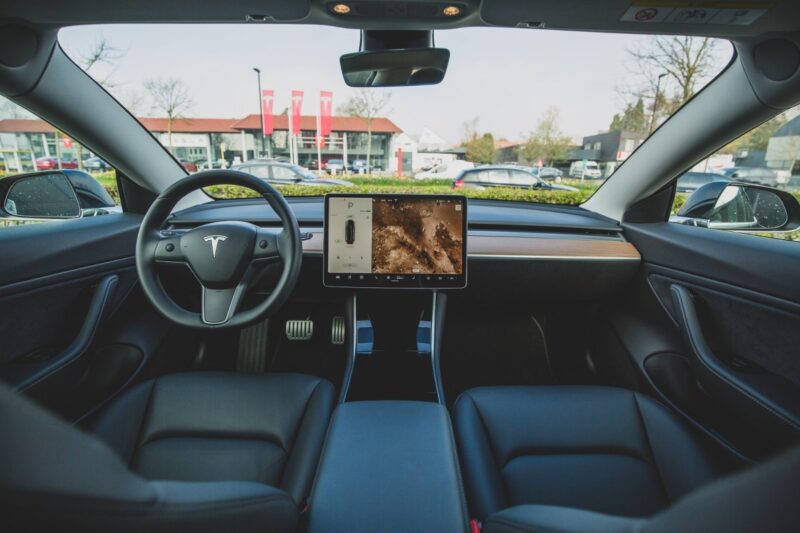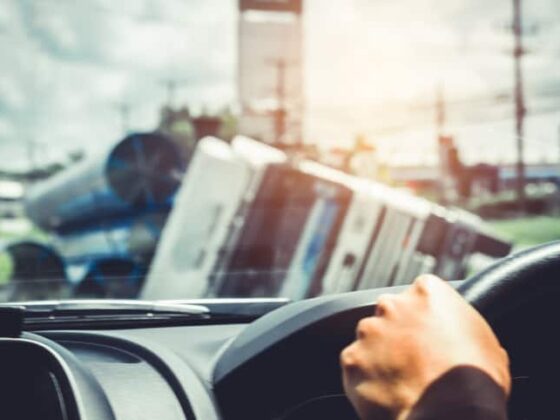Autonomous vehicles have been in development for some time, but an exponential increase in research and development has already led to new legislation allowing self-driving cars on UK roads. But as the technology develops, and widespread adoption theoretically nears, there are concerns that the legal implications of self-driving vehicles have not properly been examined, and that law needs to catch up. The following are four of the principal legal issues, and what they mean for the industry.
What is a ‘Driver’?
With autonomous vehicles removing driving tasks from the driver, the legal definition of ‘driver’ becomes less and less fit for purpose. The introduction of increasingly autonomous vehicles has already led to proposed changes to the Highway Code, which seek to define the role of the driver in a self-driving car. The proposed changes include guidance on remaining in the driver’s seat while the car is in operation, and remaining in a position to take control of the vehicle in the event of an emergency. But as technology continues to progress, and autonomous vehicles become truly autonomous, the role of the driver-as-passenger becomes unclear. Indeed, the aforementioned clauses on retaining control of a vehicle are a theme in national laws around the world, themselves frustrating the legal precedent for further autonomous vehicle development.
Liability Concerns
One of the major causes for concern amongst legal departments and government lawmakers lies in the question of liability: if an accident occurs involving an autonomous vehicle, who is at fault? The role of the technology lawyer will become crucial, as companies using autonomous vehicles may have a legal responsibility for incidents occurring with vehicles owned by them. The question has already entered into both civil and criminal court cases overseas, as the first death attributed to an autonomous vehicle incident called into question the role of the driver, the efficacy of the vehicle’s sensors and the responsibility of the car manufacturer for the accident. So far, no clear-cut solution has been found, and liability remains a pressing question.
‘Critical Event’ Management
With regard to liability, there are safety features that autonomous vehicle developers have included in their designs to attempt to prevent accidents. These ‘critical event’ management protocols are expected to reduce the eventuality of accidents significantly, owing to driver fault being the greatest cause of road traffic incidents. However, with the possibility of non-driver-related incidents still extant, these critical control systems need to be robust; failure to prevent a preventable road death could otherwise in criminal charges being brought against manufacturer – or even the owner, depending on the maintenance required for upkeep.
Cybersecurity
Autonomous vehicles make extensive use of GPS and IoT (Internet of Things) technology in order to understand their place on road and in relation to other vehicles and structures, as well as receive pertinent traffic information. This connectivity makes driverless vehicles potentially vulnerable for exploitation, with the possibility of back-door access to GPS data, destination alteration and even driver controls. Legal frameworks to ensure a standard of cybersecurity need to be introduced in order to prevent this eventuality, and to assign liability in the event of an incident.












